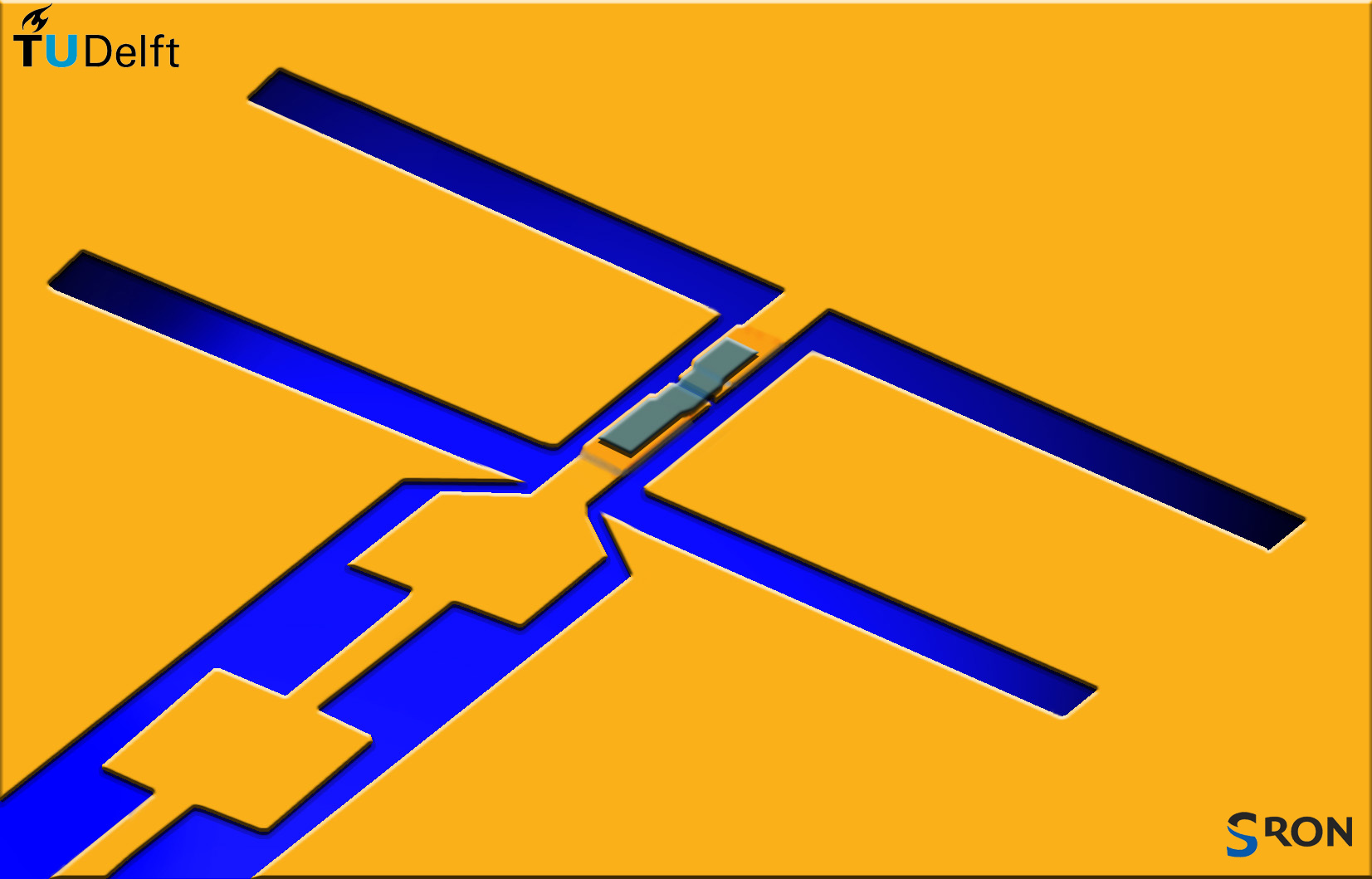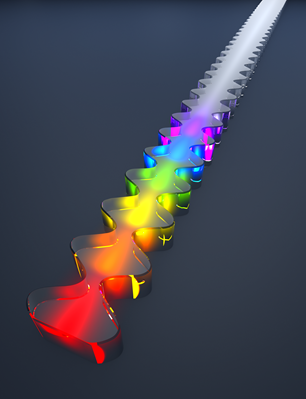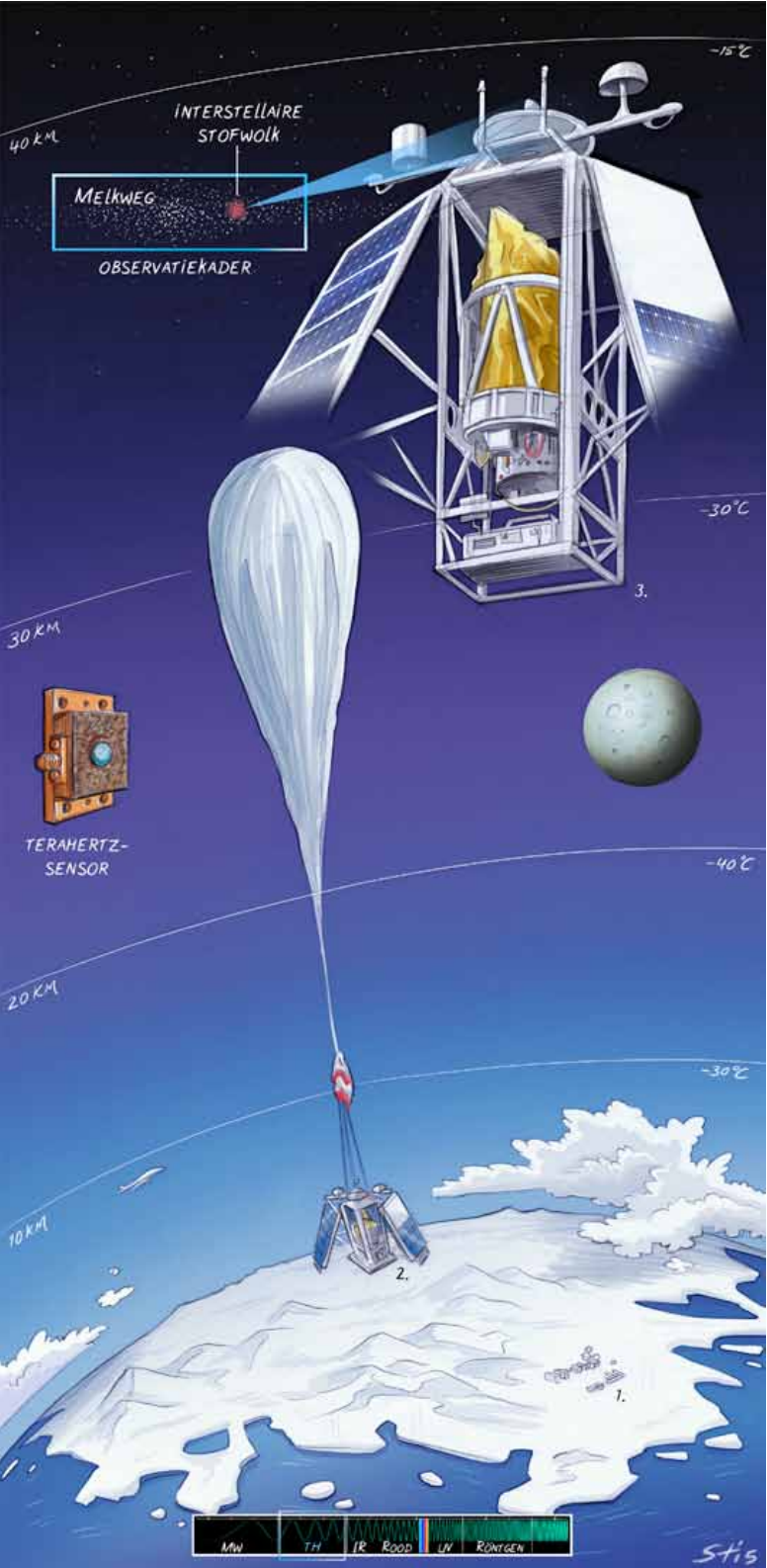Research
The research activities of the PI at TUDelft focus on heterodyne sensing technology for space telescopes at terahertz frequencies or Far Infrared wavelengths. A heterodyne receiver, consisting of a mixing detector and a coherent, tuneable source as a local oscillator, is able to measure not only amount of terahertz photons, but also the exact frequency (the color) with an extremely high spectral resolution (~ 10-6). Currently we concentrate on:
- Terahertz quantum cascade lasers as local oscillators at supra-terahertz frequencies (2-6 THz, 1 THz =300µm in wavelength);
- Superconducting Niobium Nitride nano-bolometer mixers at supra-terahertz frequencies;
- Fourier phase gratings to split a single THz beam to multiple-beams as a local oscillator for an array receiver.
STO picture made by Stephan Timmers; QCL picture made by Yan Liang.
The goals of our research are to understand the fundamentals of those technologies and to improve the technology readiness level (TRL). However, the ultimate goal is to apply them in future space missions. As intermediate steps, we, in close collaboration with SRON Netherlands Institute for Space research and a number of US partners (including University of Arizona and MIT), participate a NASA balloon borne Stratospheric Terahertz Observatory (STO2), which was integrated and pre-tested at Antarctica in December 2015 and is scheduled for launching from NASA McMurdo Station in the winter period (2016-2017). We will also contribute three heterodyne cameras for the newly selected NASA GUSTO balloon borne mission.



